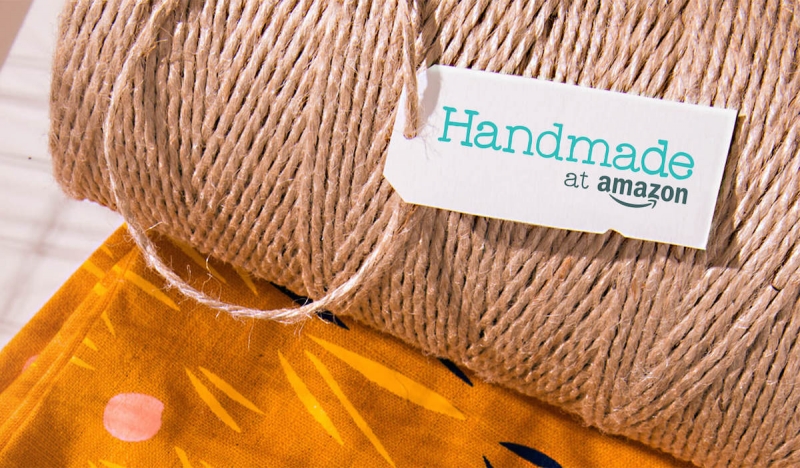Amazon’s “Handmade” vs Etsy – The Battle of Makers Marketplaces
On 8th of October, Amazon launched “Handmade”, an Etsy competitor website. It must be pretty terrifying news for the folks at Etsy who, although benefitting from a 10 year head start, are now in direct competition with one of the world’s biggest online retailers – indeed, more people subscribe to Amazon Prime (40 million) than shop on Etsy (22 million).
It certainly sounds daunting. But are things really as bad as they first look for Etsy?

Amazon is massively successful business. But just because the company is doing well in general does not mean that all of its side-projects are successful. As we know, Amazon has been trying to enter the online fashion space for years, going so far as to open a giant photography studio in London, make a strategic acquisition of BuyVIP, and even (reportedly) approach Net-a-Porter to discuss the possibility of purchasing it.
Yet, despite all of this, Amazon still hasn’t not got the foothold in the fashion industry that it wants.
One of most often cited reasons for Amazon’s so far unsuccessful push into fashion is that high-end brands do not want their goods to be listed next to cat food and stationary. This is probably one of the key reasons why Amazon has created a new platform to sell handmade goods – I’m guessing that small-scale designers and artists are just as sceptical of the idea of their wares being sold alongside mundane, every-day items.
However, while Amazon has been shrewd enough to keep Handmade separate from the rest of Amazon, the negative associations many consumers (especially those who shop on Etsy!) have in respect to large companies may mean that this isn’t enough.
Etsy has built a reputation for itself as an online marketplace that connects makers with buyers. Consumers know that, from the start, this has always been the company’s ambition. Confidence in big companies is at an all-time low, and Etsy’s reputation as a virtual craft fair may mean that it retains its appeal to consumers who like bespoke and personalised items.
Another problem for Amazon may be simply be its fees. Etsy charges 3.5 percent on each sale; Handmade charges 12.5 percent, as well, from next August, as a fee of £25 if sellers sell more than 40 items a month. This is a huge difference, which is strange since Amazon are the ones entering the market, and the ones who can afford not to, at least initially, maximise profits on handmade goods. They must be confident!
But Amazon may be underestimating Etsy. In August, Etsy launched in Selfridges, because the store’s customers had a demand for bespoke, handmade items that Selfridges couldn’t meet. Of course, Selfridges could have simply started buying and selling these goods themselves. But they didn’t. Instead, they chose to buy into the Etsy brand, which acts as a familiar seal of approval for the handmade goods it sells.
Etsy is, to many consumers, synonymous with online handmade retail. Stealing this title may be harder than Amazon thinks.
What do you think about Amazon launching Handmade? Will it be successful? Or is Etsy too strong a competitor?
Email us your thoughts.
